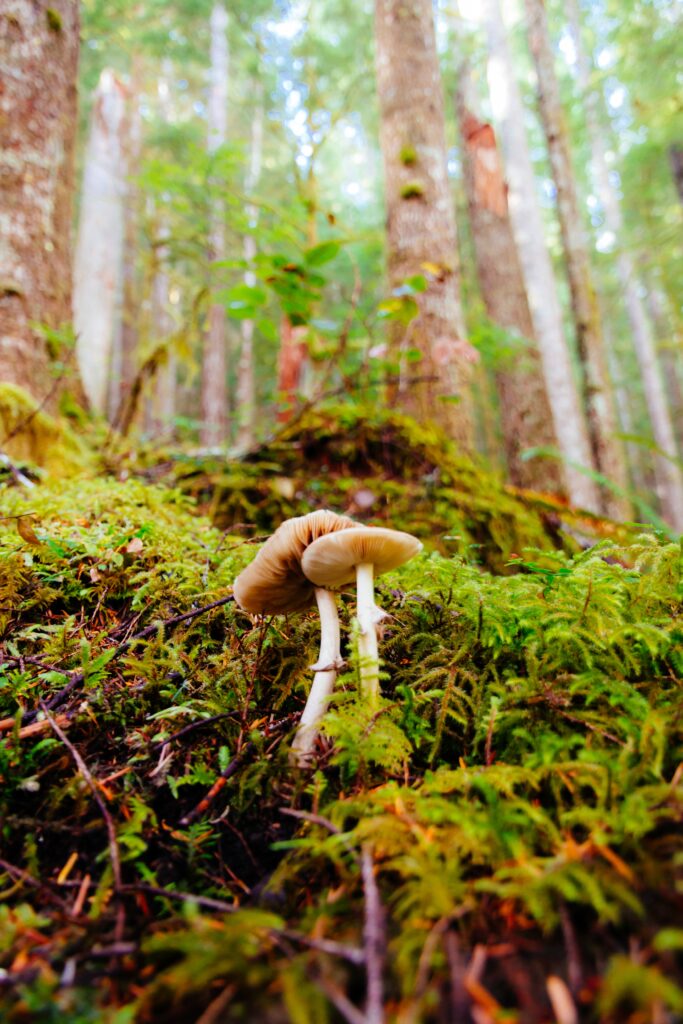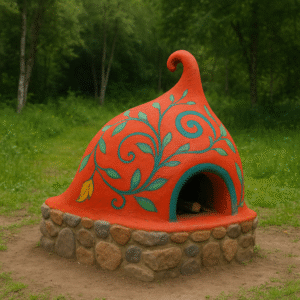Tiny forests, also known as mini forests or Miyawaki forests, are densely planted, diverse, and rapidly growing native tree ecosystems designed to mimic natural forests but on a smaller scale. These forests have gained attention due to their potential positive impact on climate change and the environment. Here are some ways in which tiny forests can influence climate change:
Carbon Sequestration: Trees are excellent carbon dioxide (CO2) absorbers. Through photosynthesis, they capture CO2 from the atmosphere and store carbon in their biomass. Tiny forests, with their high tree density, can contribute significantly to carbon sequestration, helping to mitigate the effects of climate change by reducing the concentration of greenhouse gases in the atmosphere.
Watch a Ted Talk about Tiny Forests
Biodiversity: Tiny forests are typically composed of a variety of native plant species. This biodiversity helps create a resilient ecosystem that can better withstand the impacts of climate change. Diverse ecosystems are more adaptable to changes in temperature, precipitation, and other environmental factors.
Temperature Regulation: Trees provide shade and release water vapor through a process called transpiration, which cools the surrounding air. This cooling effect can help regulate local temperatures and reduce the urban heat island effect, where urban areas become significantly warmer than their rural surroundings.
Read about Tiny Forests in the NY Times
Air Quality Improvement: Trees help filter pollutants from the air, improving air quality. This has a direct impact on human health and can mitigate some of the respiratory problems exacerbated by poor air quality.
Soil Health: The roots of trees and plants in tiny forests help prevent soil erosion, improve soil structure, and enhance water retention. Healthy soil can contribute to better water management and more resilient landscapes.
Water Management: The dense vegetation in tiny forests can absorb and retain rainwater, reducing the risk of flooding and enhancing groundwater recharge. This can be particularly important in areas prone to heavy rainfall.
Wildlife Habitat: The biodiversity and natural structure of tiny forests make them suitable habitats for various wildlife species. Creating these habitats can help support local ecosystems and maintain a balanced ecosystem.

Jeff is founder of Terra Vida Academy and has been actively involved in protecting nature for over 35 years.




